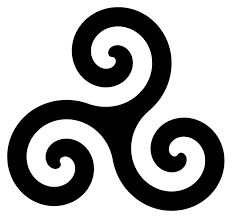
Triskele
Its graphic representation is three spiral lines joined at a central point that can be circular or triangular.
It is attributed to the Druids as a sacred symbol and refers to the number three.
The Druids were the priestly class of the Celtic culture. The Celts were a series of tribes that were distributed during the Iron Age in what is now Galicia in Spain, French Brittany, and Wales and Ireland in Great Britain.
Representation of the triskel throughout Europe
We find the trisquel throughout Europe, especially in those places where the Celtic tribes were located.
For example, we can find it in Andalusia:
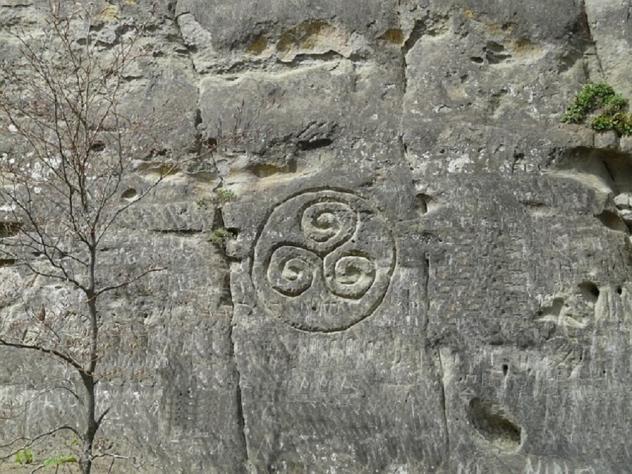
In Galicia:

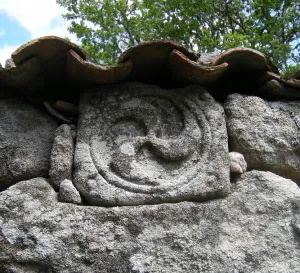
Or in the ancient Greco-Latin world, in its form called trinacria, with three legs:
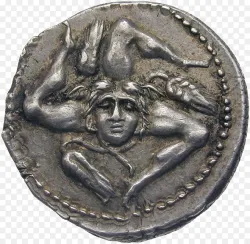
The trisquel is based on the three, why the three?
In Celtic culture, the number three has great symbolic importance.
It has a wide variety of meanings:
- In relation to time, it means past, present and future
- In relation to the elements of nature, it means earth, water and air.
- There are also three manifestations of the Celtic goddess of war: Morrigan, Badb and Macha.
They also divided the cycle of life into three: birth, death and resurrection, since the Celts believed in an underground world where the deceased dwell
And the three also appears as a symbol of spiritual growth, which implies the balanced union of body, mind and spirit.
In relation to this last sense, the first spiral of the trisquel would represent the sensory world; the second, consciousness and thought; and the third spiral, called triskilla, would represent the spiritual world and the learning path of the soul towards the world of the gods.
Etymology of the term triskel
The word trisquel comes from the Greek triskeles, and means “three legs”.
Other versions relate it to Breton, where it would mean “three wings”.
Trisquel and the symbol of the three legs
The symbol of the three legs would be derived from the symbol of the trisquel and is also called Trinacria.
We find Trinacrias in different symbols of ancient origin, for example in the coat of arms of Sicily, where the head of Medusa has been added in the center and around the ears of wheat, a symbol of fertility.
In the case of Sicily, the three legs could also refer to the three mountainous capes —Lilibeo to the west, Peloro to the northeast and Pachino to the southeast— of which Sicily consists, which Homer called Thrinakrie in the 6th century BC.
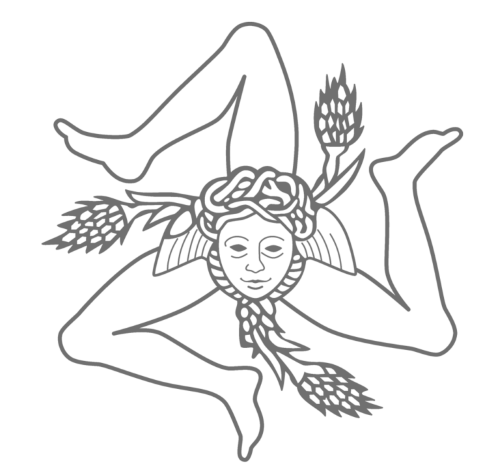
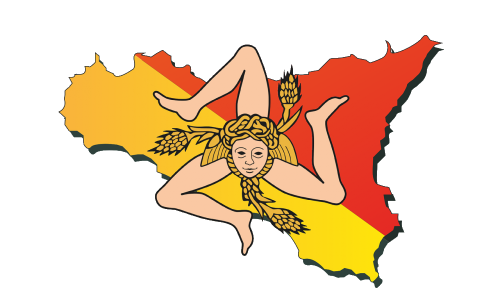
It also appears on the coat of arms of the Isle of Man, in the Irish Sea. In this case, it was the Norman navigators who took Sicily in 1072 who brought to the island this symbol already present in Sicily and in the Greco-Roman world, so that they brought to Ireland a symbol already present in the place under another aspect, in what it could be a round trip of the triskelion symbol: the Greeks assimilate the Celtic triskelion symbol, substituting legs for the spirals, and this symbol travels from Sicily back to Ireland in the guise of the triskelion.

triskelion meaning
Its curved arms convey the idea of rotary movement, as would the sun. This relates it to other solar symbols that convey the idea of rotation, such as the swastika or the lauburu.
Related content
Swastica. It is also attributed the meaning of solar symbol, with probable origin in Mesopotamia.
The druids were the carriers of the triskelion, and the only ones who could carry it, and they used it to cure diseases.
It also served as an element of meditation, to recognize the union of man with nature, which was the center of Celtic philosophy.
Fuentes Relacionadas con los símbolos en general
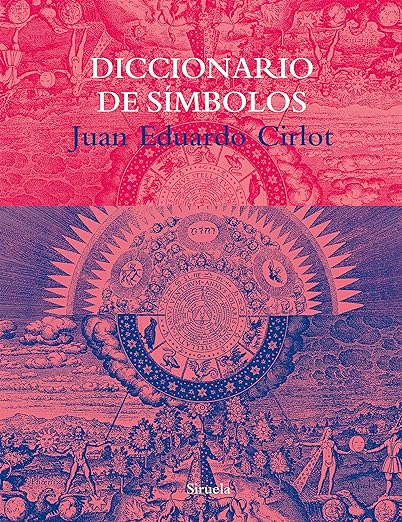
Inspirado libro del poeta Juan Eduardo Cirlot sobre los símbolos
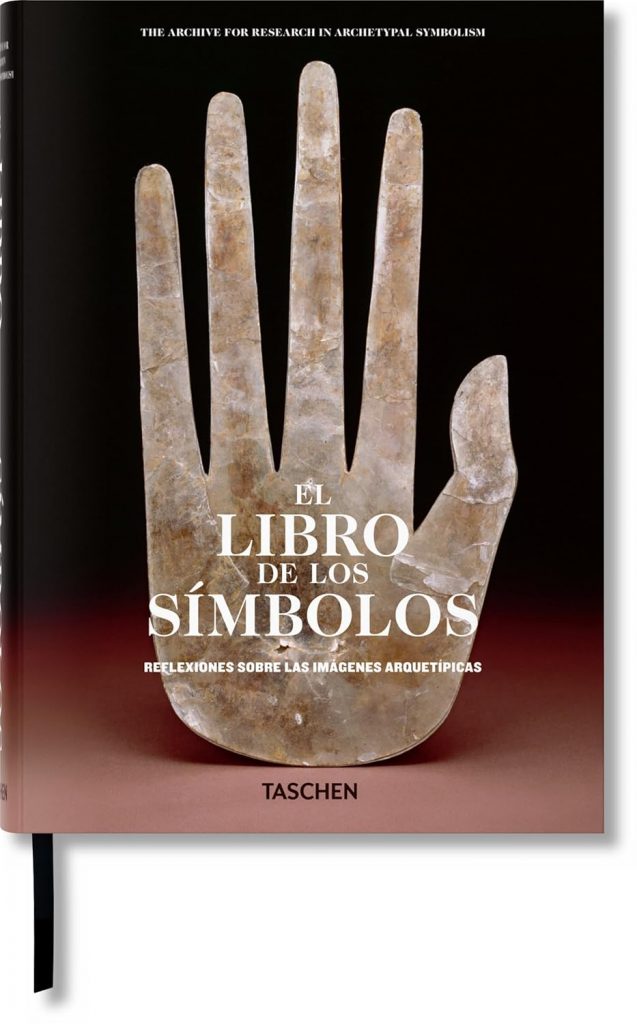
Ensayos acompañados de unas 800 imágenes de diversos símbolos. La editorial Taschen es siempre garantía calidad de edición.

